Third in a four part series describing a unique digital marketing strategy for medical device companies that has been proven to drive ROI for both device companies and their clients.
In the initial blogs, I introduced the challenges device companies commonly face with DTC marketing and identified which device companies may be best suited for this approach. In this post, I discuss the key elements of the strategy.
At its highest level, the strategy has 3 basic components:
- Targeted online promotion – Of the hundreds of online media options, focus in on the top 3-5 for producing lead activity. Depending on budget, this usually involves paid search marketing on the big 3 (Google, Yahoo, MSN), display advertising (albeit very focused), Facebook advertising and possibly contextual advertising. By no strange coincidence, all of these options provide the condition targeting mentioned in the first blog. Additionally, you will need to develop some understanding of how best to target within each of these media (e.g. via techniques like keyword targeting, geo-targeting, interest-based targeting, match type variation, day-bidding, extensions, language-based campaigns…..), as solid ‘in-media’ targeting can allow you to produce 2-3X performance vs. others.
- Microsites – Any seasoned online marketer will tell you that getting a qualified (website) visitor is only half the battle…’converting’ that visitor (to an actual patient contact (aka lead or ‘referral’)) is a completely different challenge. While some agencies espouse ‘landing pages’, we have found that the medical consumer (patient) typically needs to consume multiple pages of content (e.g. learn more about the physician/hospital, more about the potential treatments, see testimonials, before & afters, etc.) before making a decision and that landing pages are not typically up to the task. On the other hand, the typical hospital/practice website has too many competing concerns (e.g. patient forms/portals for existing patients, content on completely unrelated conditions/procedures) to have the requisite focus on (and conversion for) your targeted condition/procedure. We have had our best experiences using microsites with the following characteristics:
- Localized (MD/Hospital-centered) – Like the old political saying, we believe that ‘All Medicine is Local’; patients are primarily interested in finding a local resource (doctor/practice/hospital) that is the best (and most experienced) for their particular condition. Despite our ‘device’ biases, technology can be a significant influencer, but is not generally the driver of these decisions. A microsite that clearly is local to the searcher (through URL, imagery, or content) and helps create a one-to-one bond between patient and physician is generally best. If the website is too ‘commercial’ (device focused), it will be unlikely to be accepted by the practice and will be transparent to the patients (i.e., it won’t convert well).
- Co-branded – You wouldn’t be involved if there wasn’t an opportunity to promote your technology….understood. The typical device company has developed far better digital marketing assets (e.g., animations, illustrations, video testimonials, messaging, FAQs…) than any given doctor/hospital. By weaving this great content into a microsite structure, you make it easy for your clients to have a more ‘full-featured’ website than they otherwise might have (and simultaneously get to highlight your product).
- Conversion-optimized – Maximizing conversion (of visitors to leads/referrals) is both an art and a science that is generally only understood through significant testing. We have written multiple blog posts on the subject, and integrate much of what we’ve learned on our microsites. For instance, video (used on the microsite) has been shown to increase conversion rates by 15-25%. Other factors like CTA (call-to-action) prominence, testimonials, and ‘just right’ content (usually 4-6 pages) are important as well.
- Low-cost (free?) – To facilitate program adoption, you need to be able to execute customized microsites quickly (less than a month) and at minimal cost (we usually provide them for free). To do this economically, we have leveraged template-based microsites on a CMS (content management system) platform that still retain high-quality design and content.
Although having a ‘parallel’ website is sometimes a concern to clients, if the website is free, as nice (nicer?) than their own, its conversion potential proven, and you are co-funding promotion, any objections will usually disappear.
- Comprehensive tracking & reporting – To prove your ROI (and you WILL need to prove your ROI), you need to track actual leads/referrals (people contacting the practice) specific to the program. This will involve online contacts, but more importantly offline (phone) contacts, which generally constitute the majority of high quality leads. It doesn’t stop there, however. Physicians are inherently skeptical of ‘leads’ and will need to know which progressed on to appointments. With a quality phone tracking solution, you should have access to call recordings and can have these audited for appointment activity. Of course, HIPAA (patient privacy) issues become paramount here, but these issues are manageable with the right structure and resources.
If this process is followed correctly and systematically, you will be able to show each of your clients a very clear (and believable) picture of the leads, appointments, procedures and revenue driven from the program. In other words, you will prove the return-on-investment they are receiving. Once they see this for a few months (and have the ability to audit it themselves for validity), they become believers and will be willing to continue funding your program (perhaps paying for it completely themselves).
In my last blog of the series, I will show the types of results this strategy helped achieve for a couple of different medical device companies.
















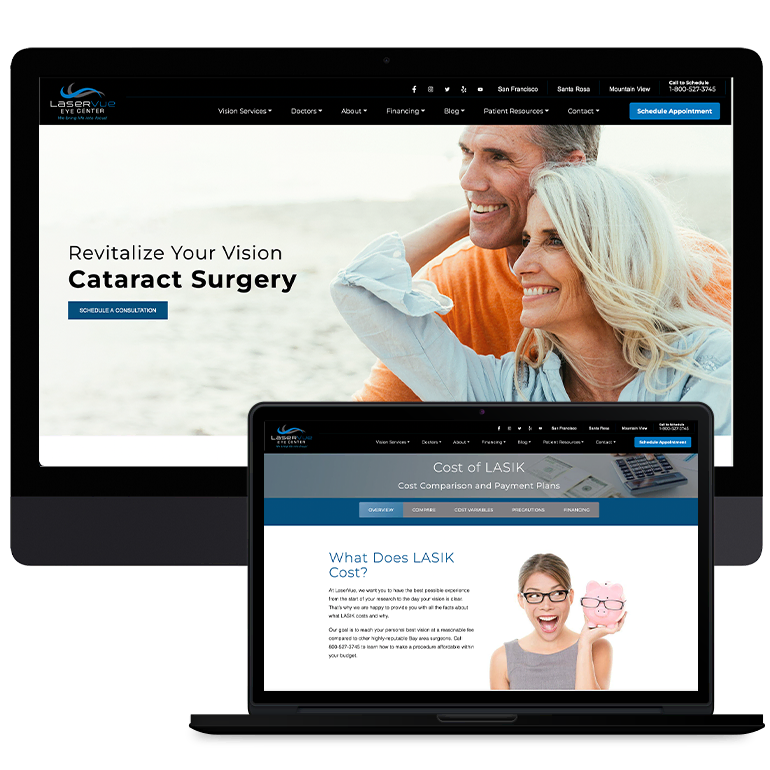
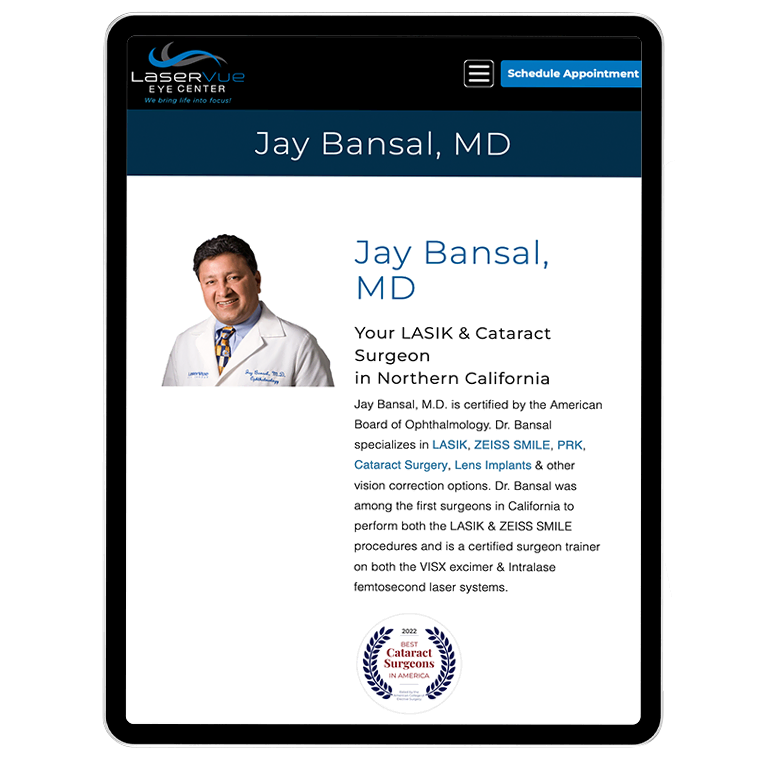
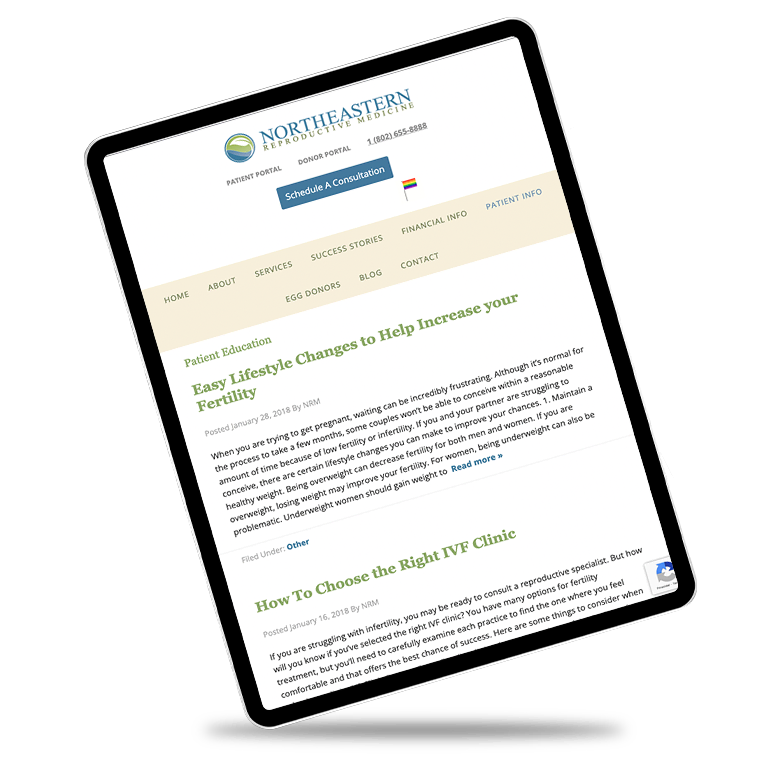

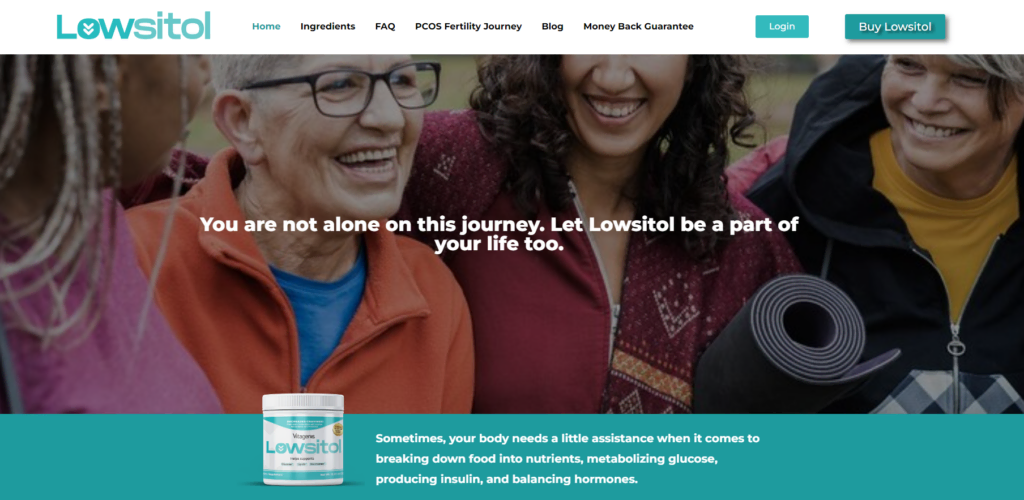

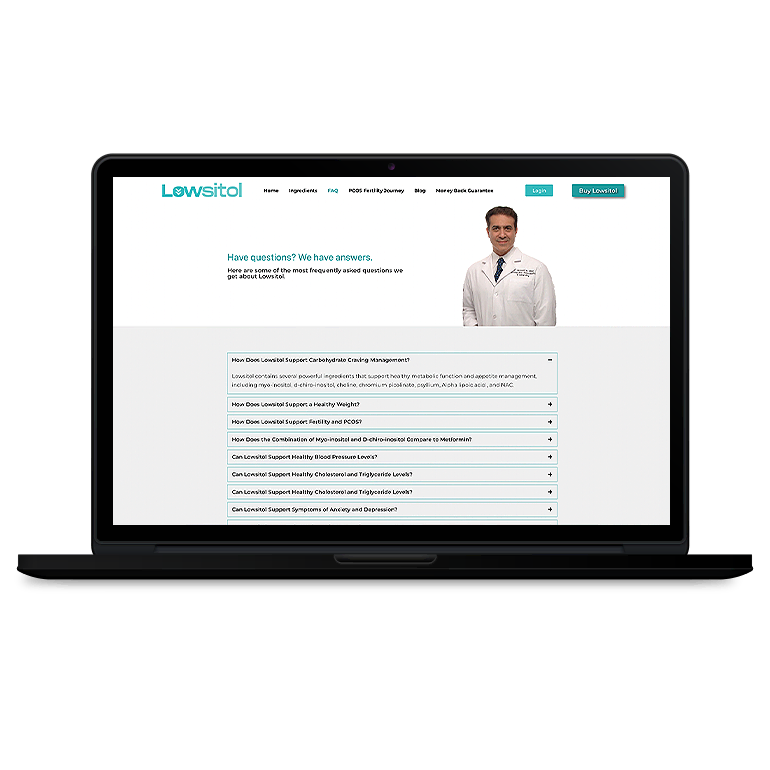
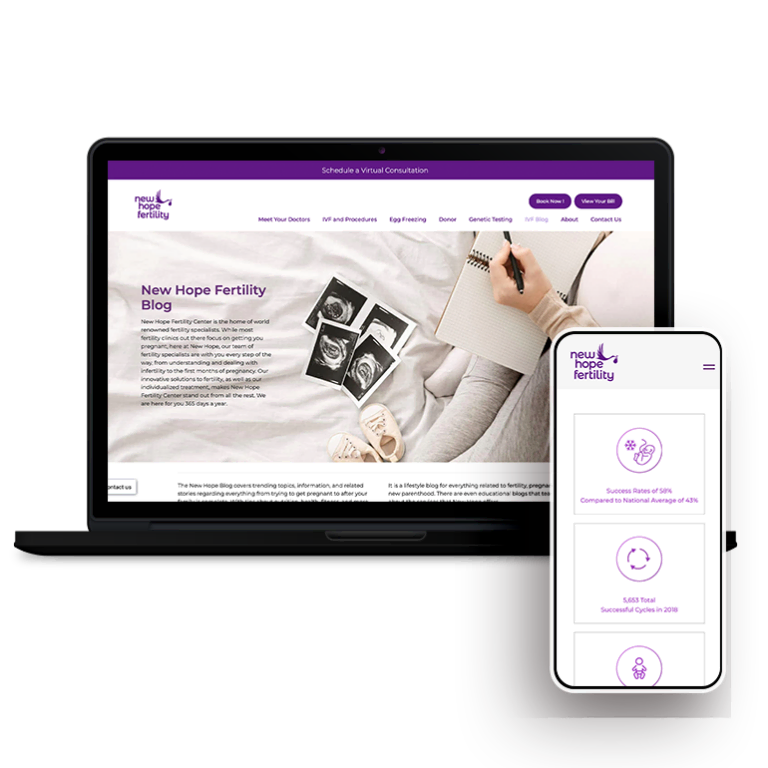
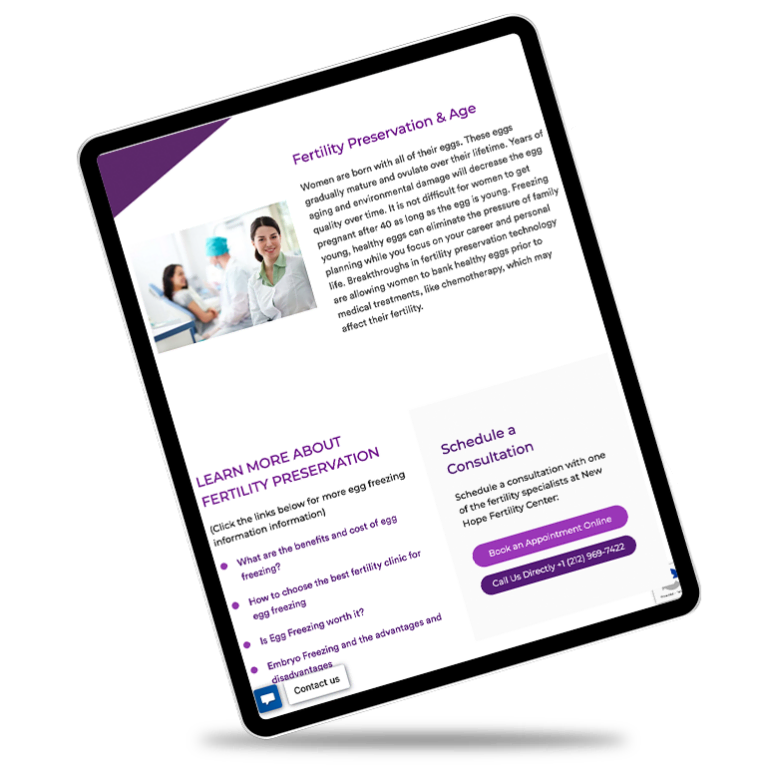

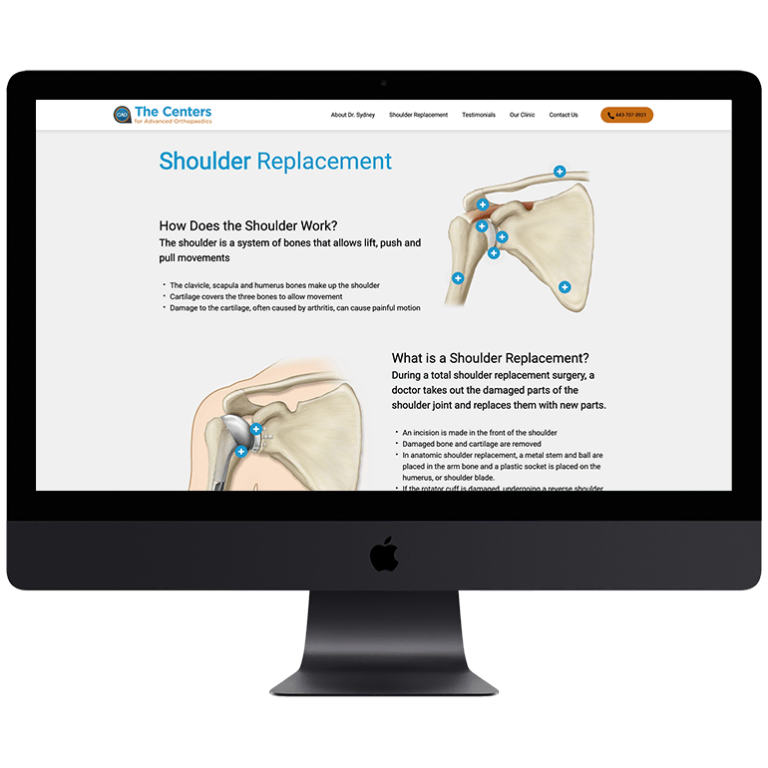


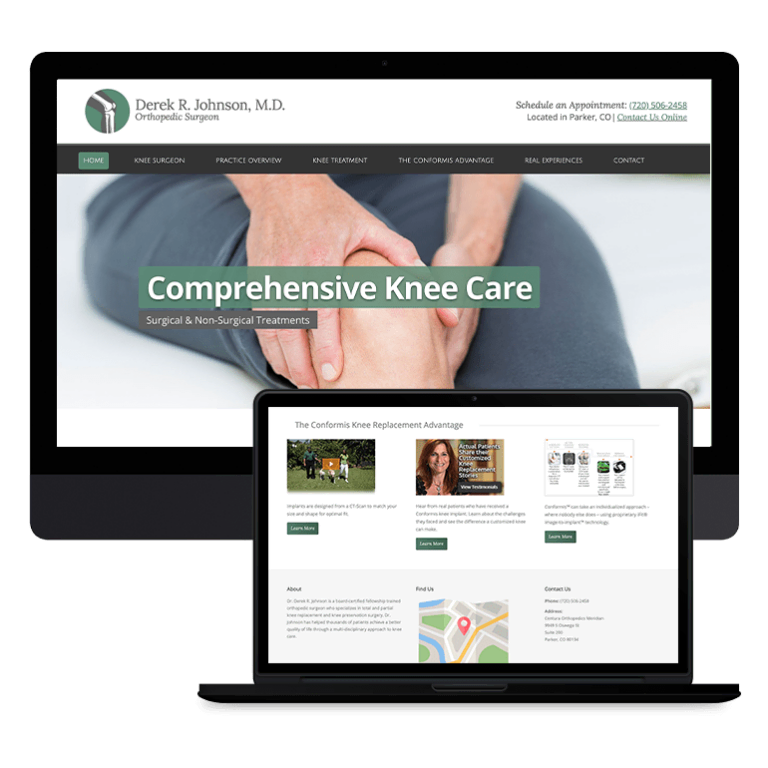

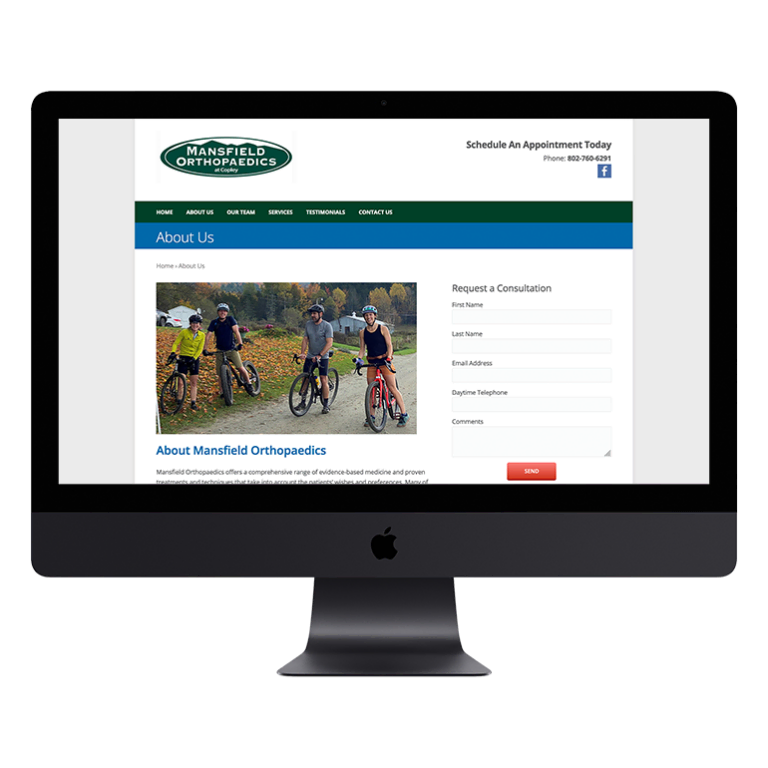
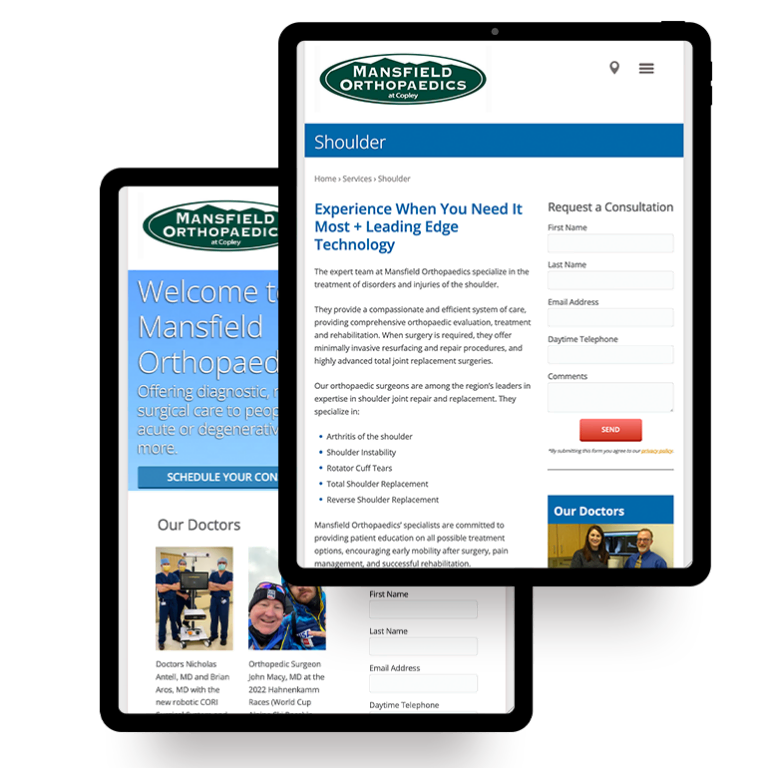
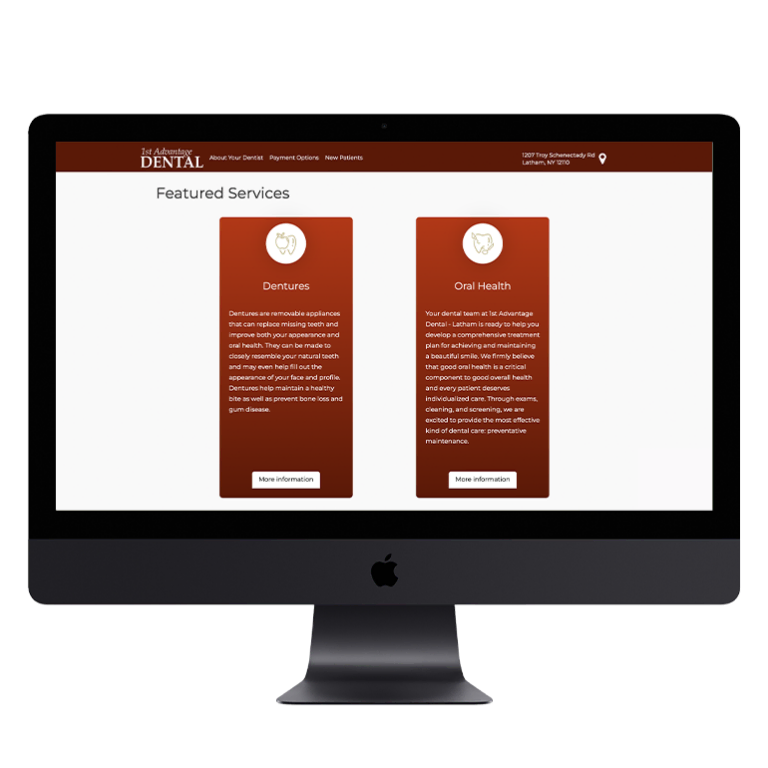
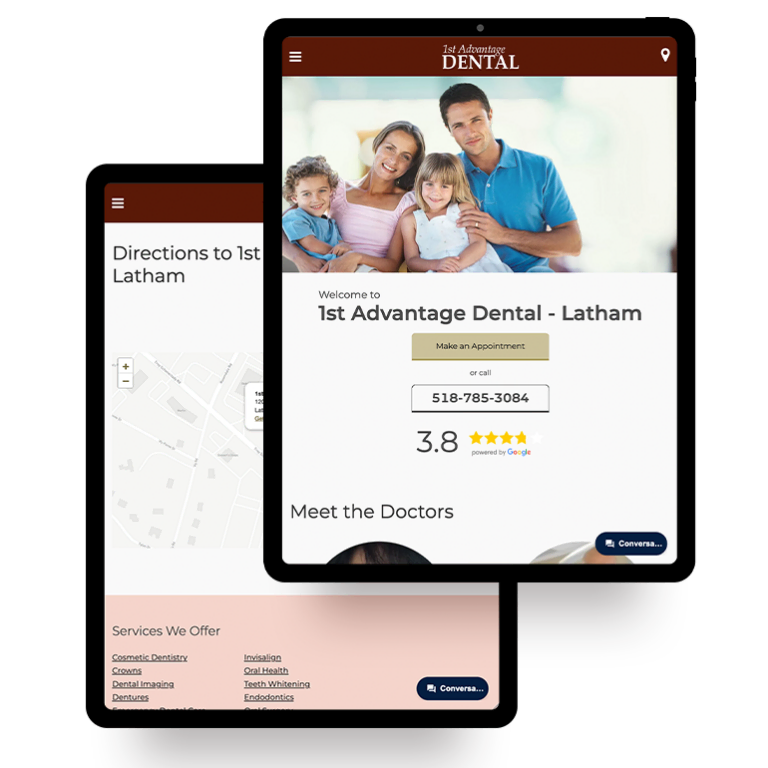
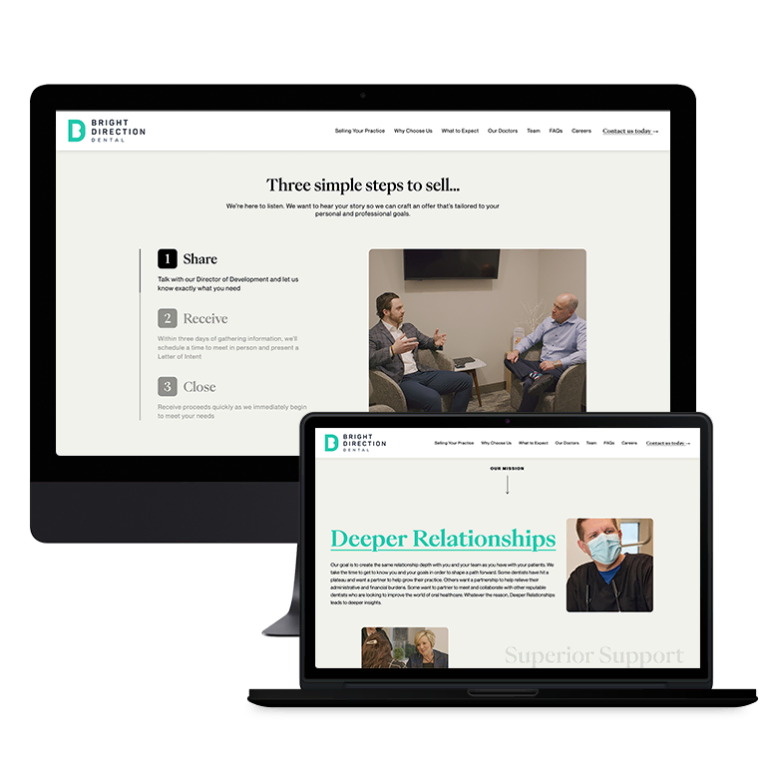
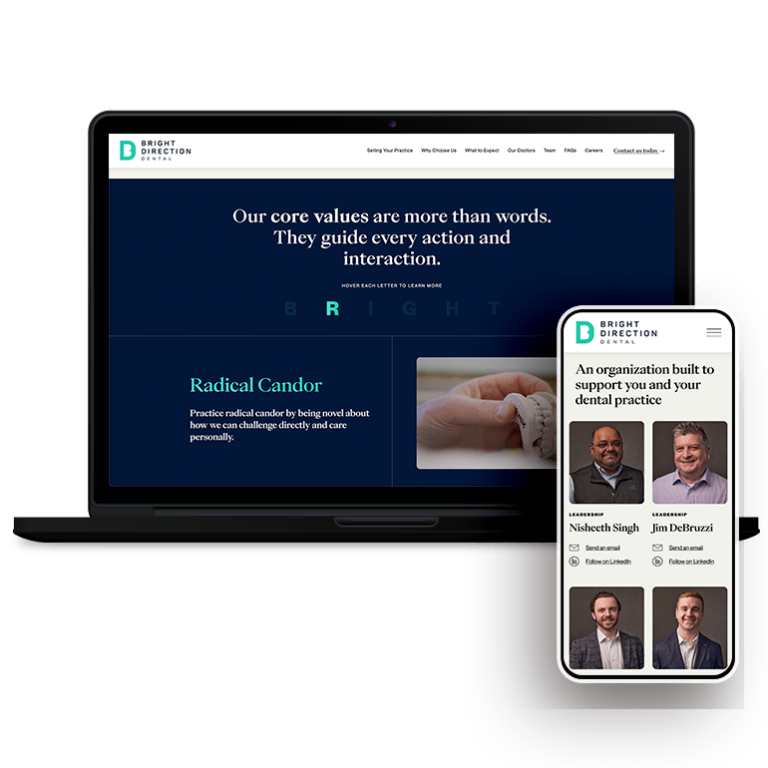
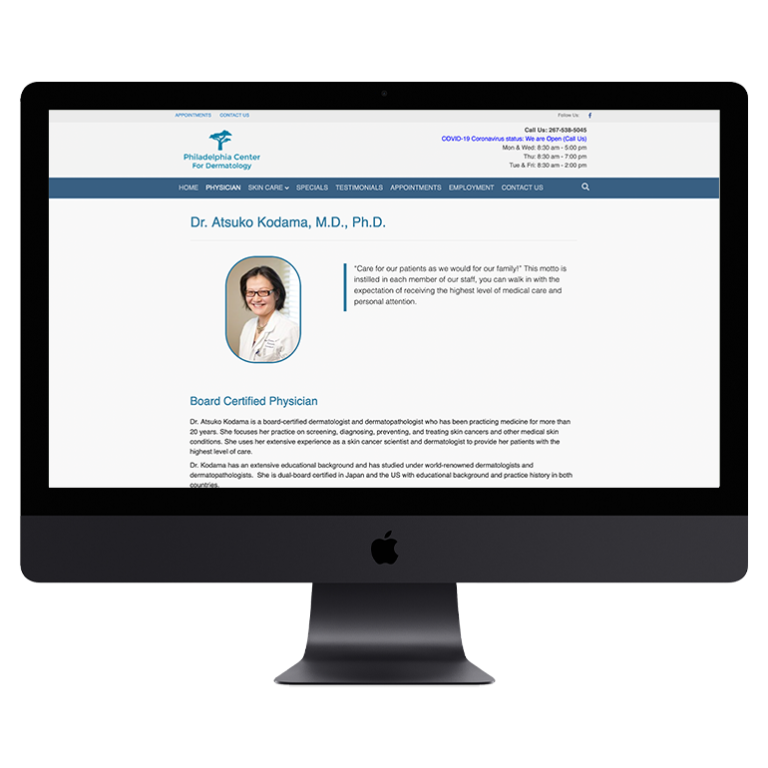
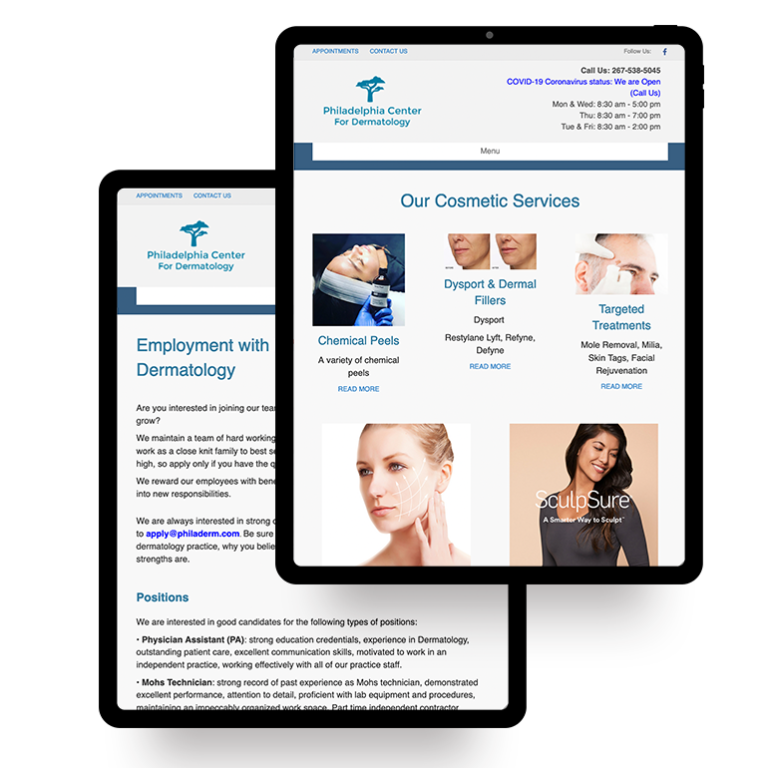
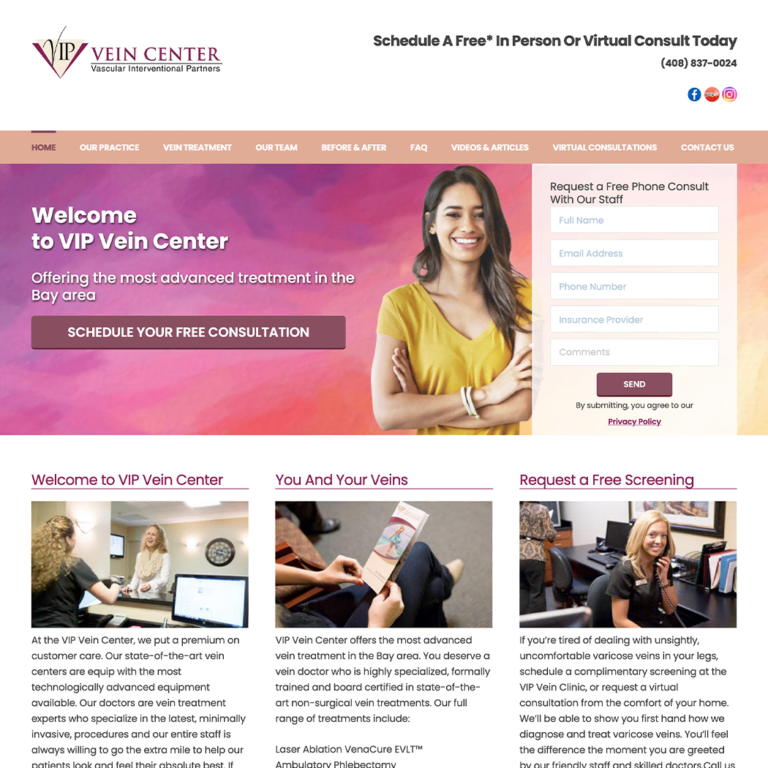

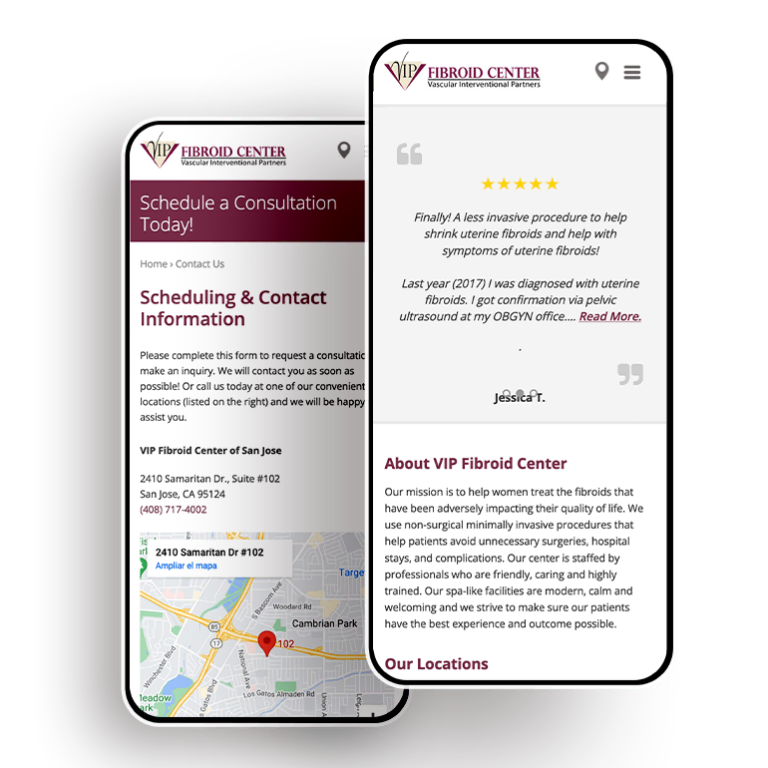
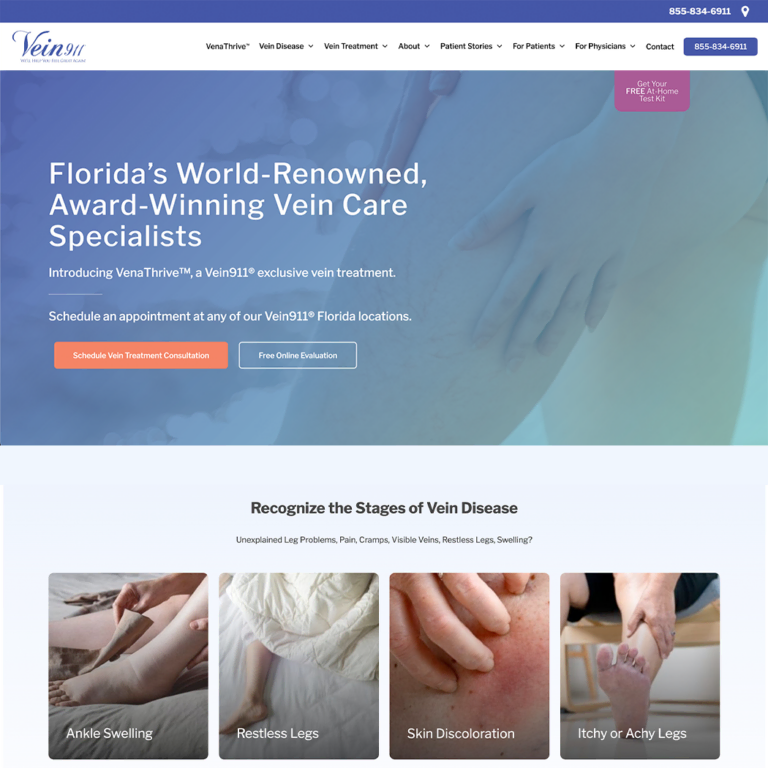
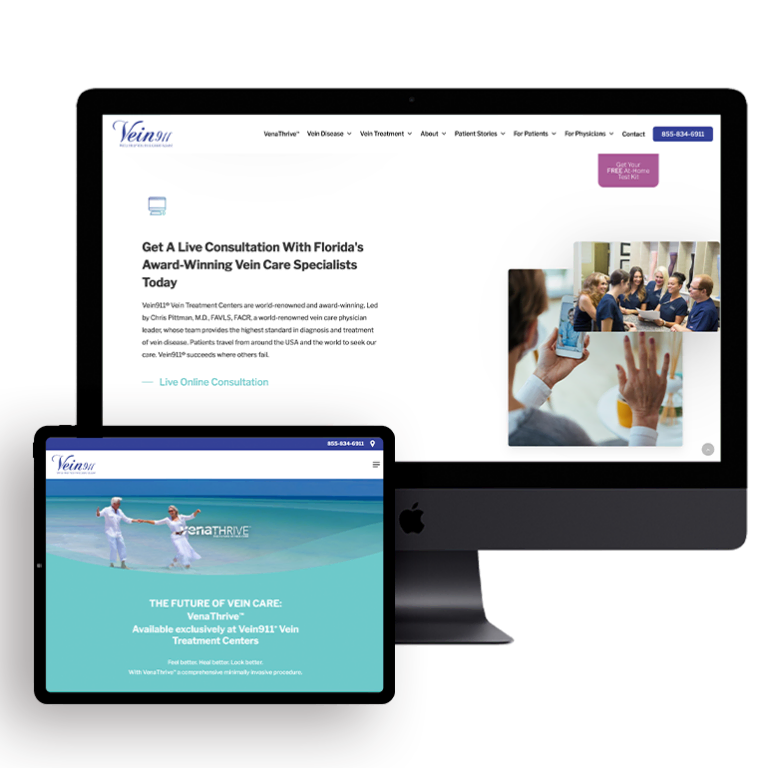
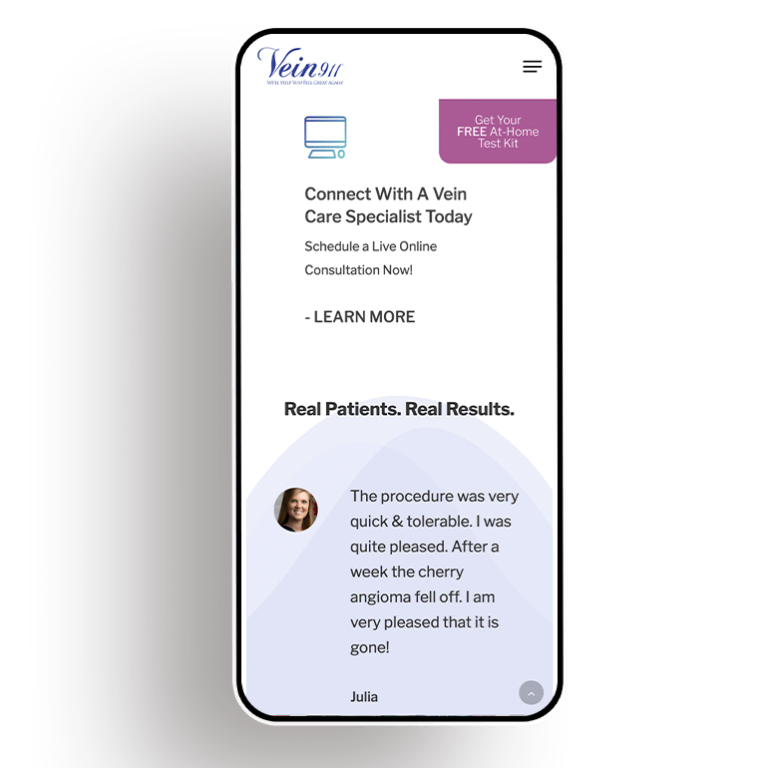
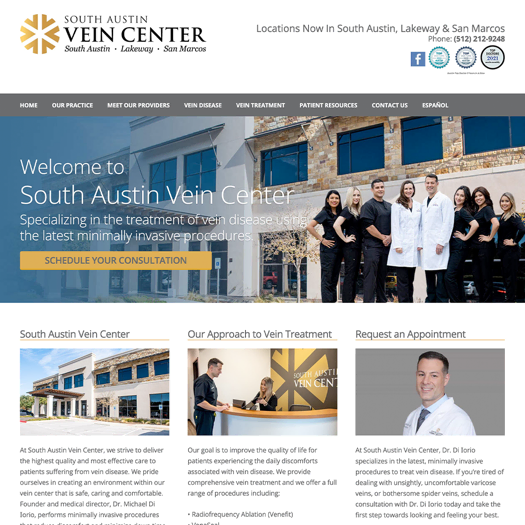
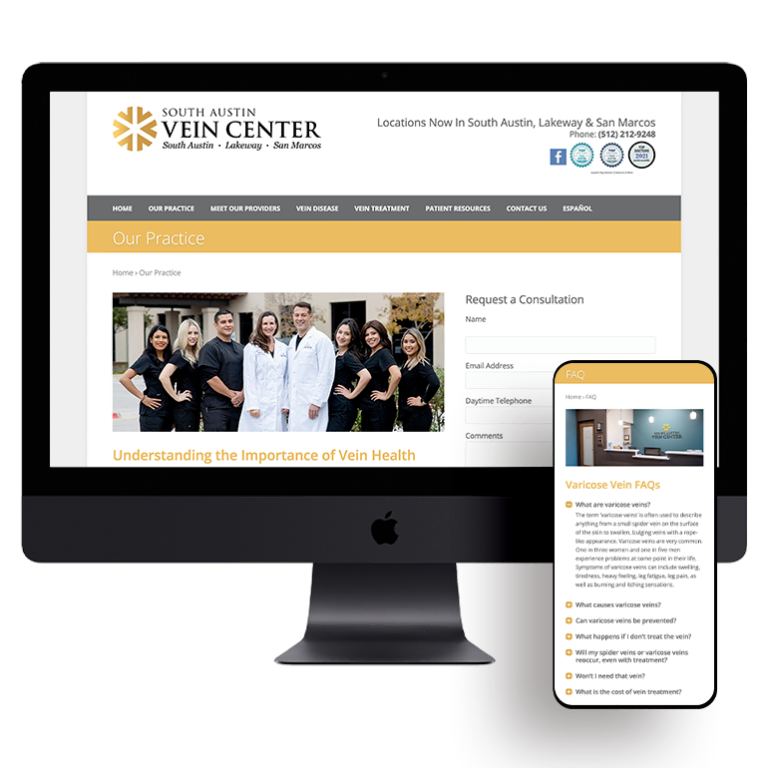
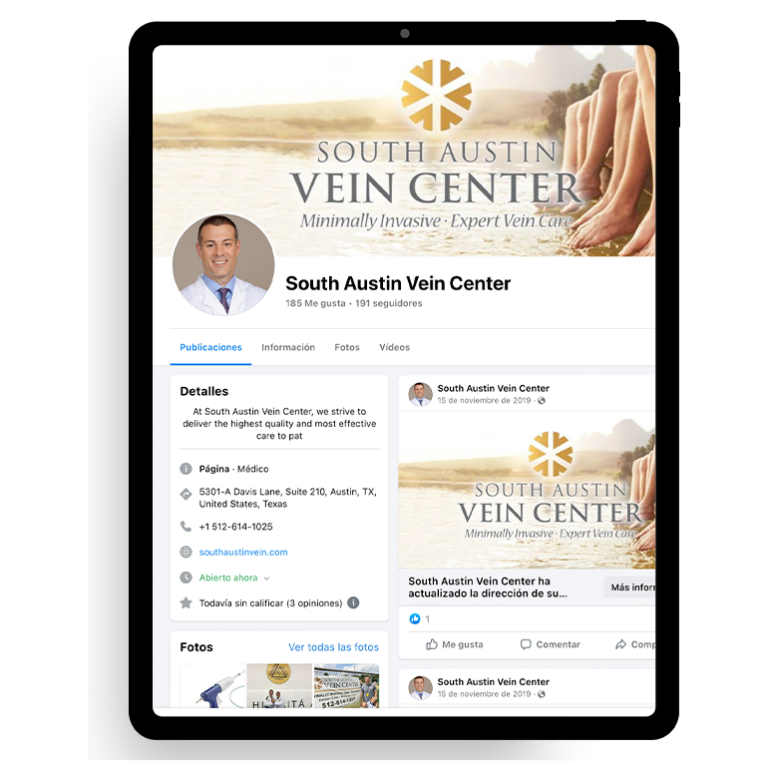

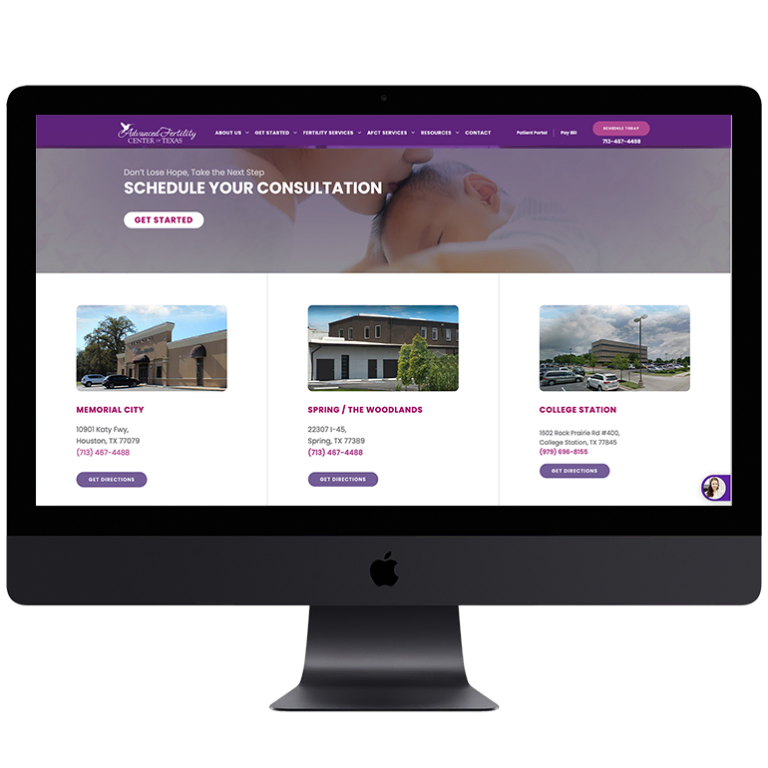
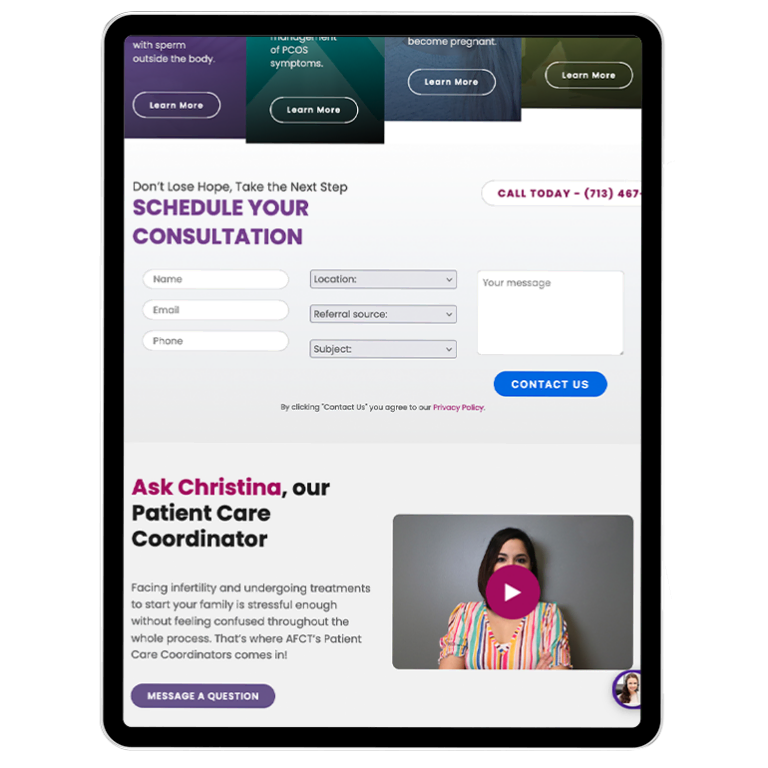
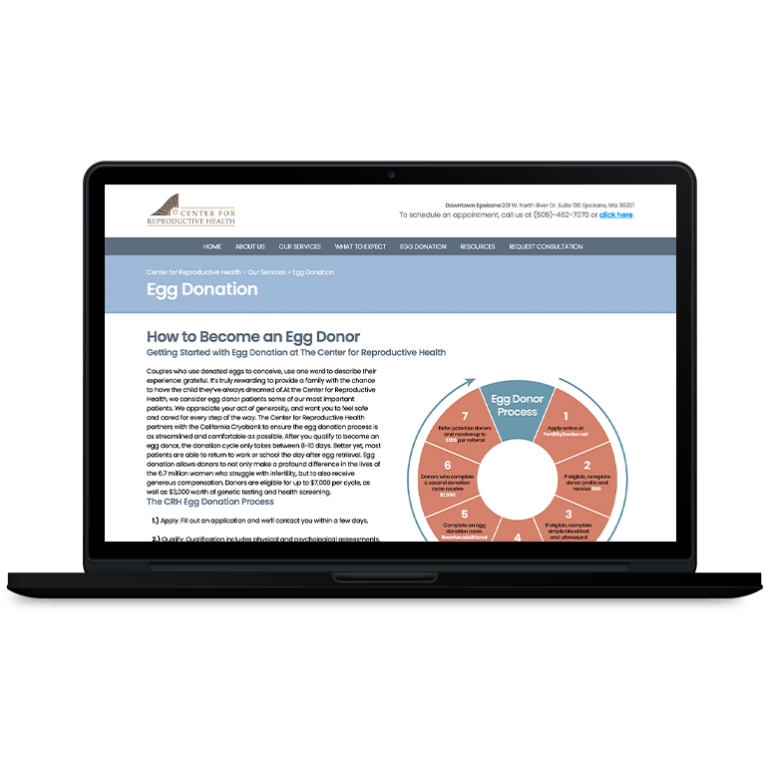
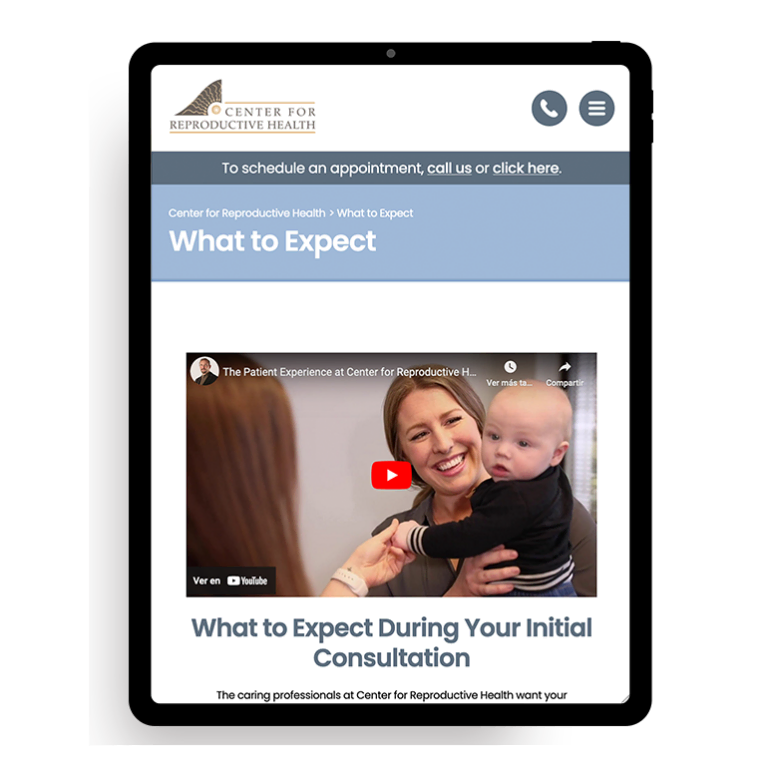
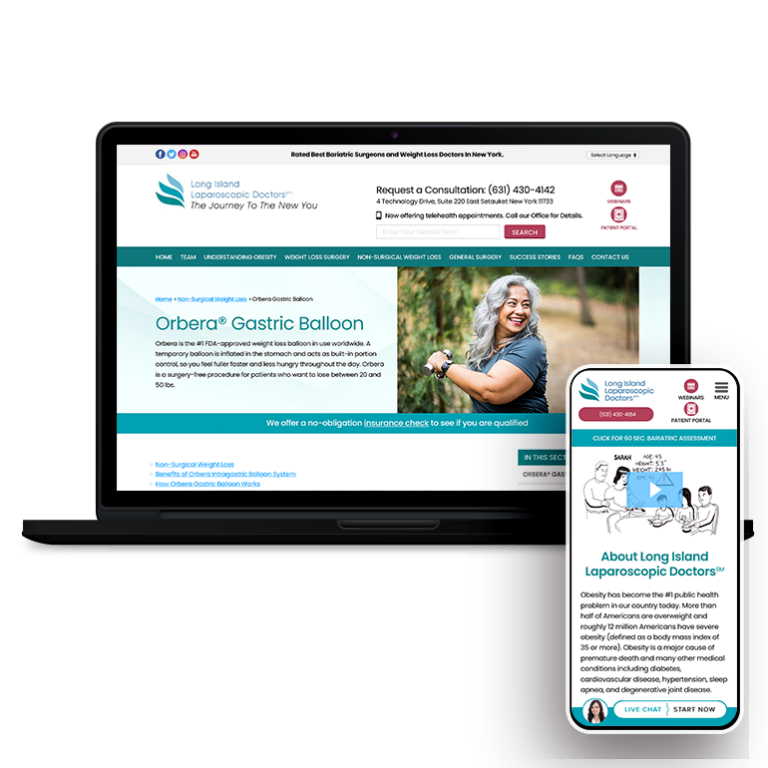
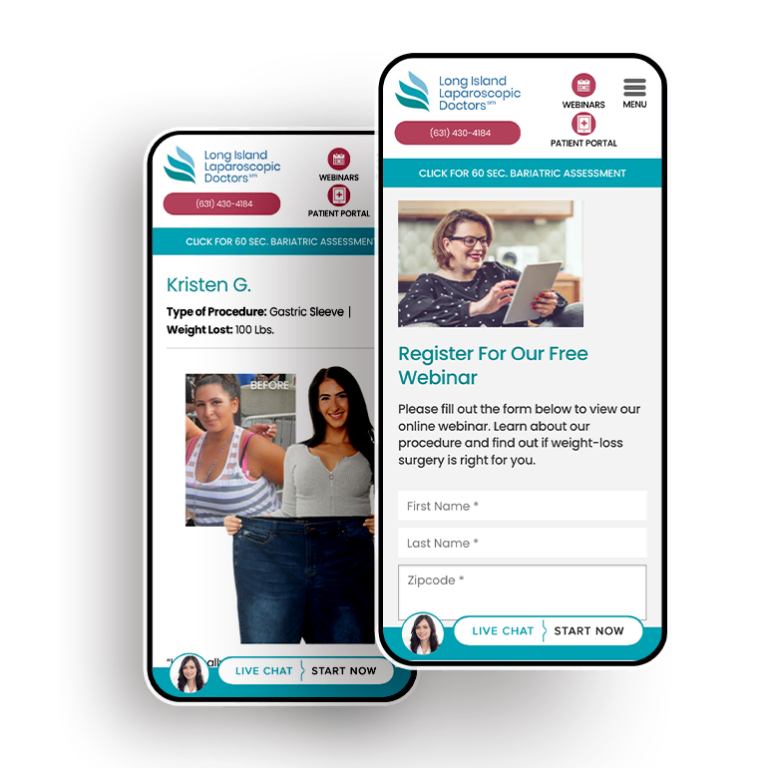
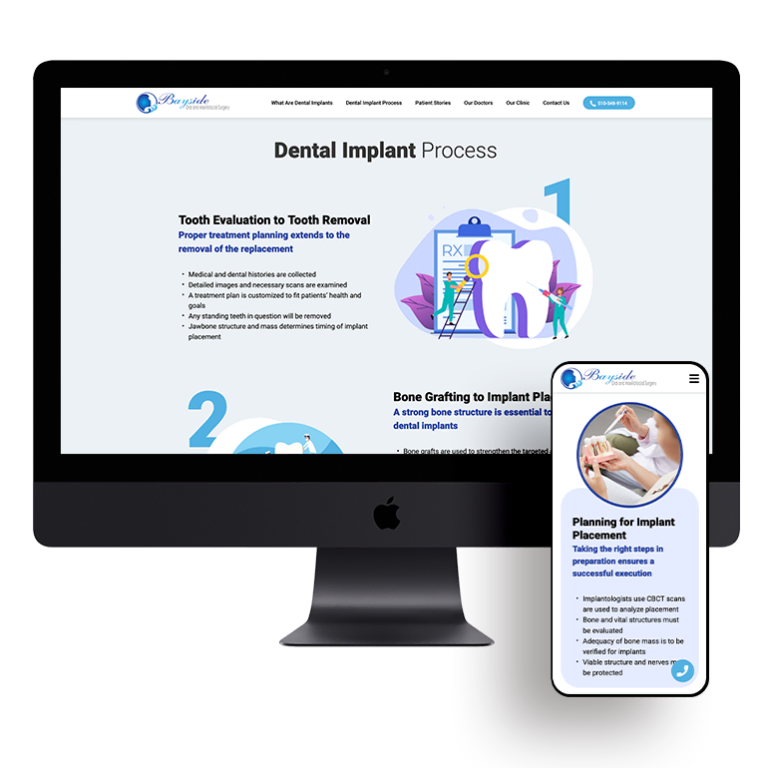
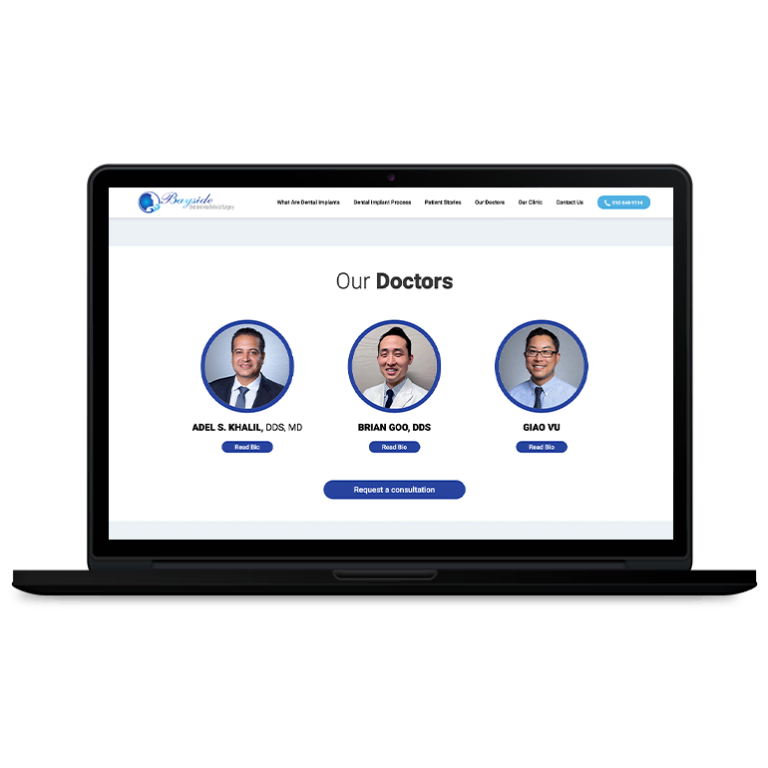

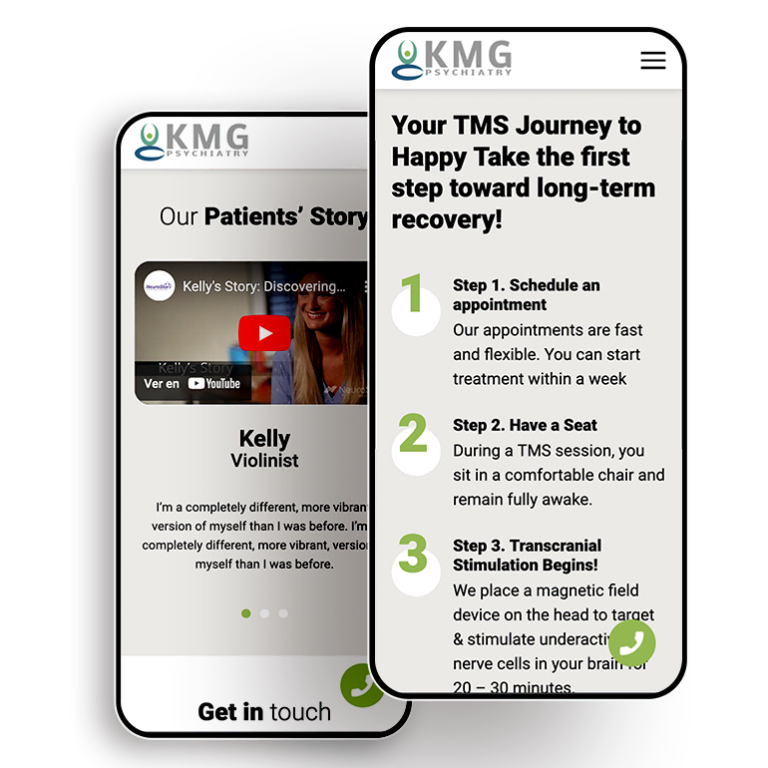
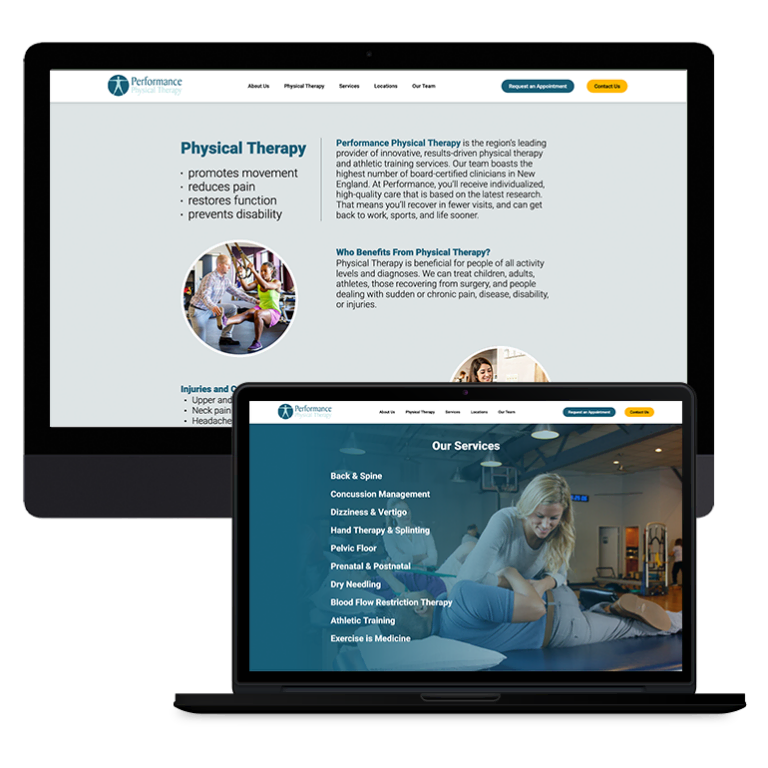
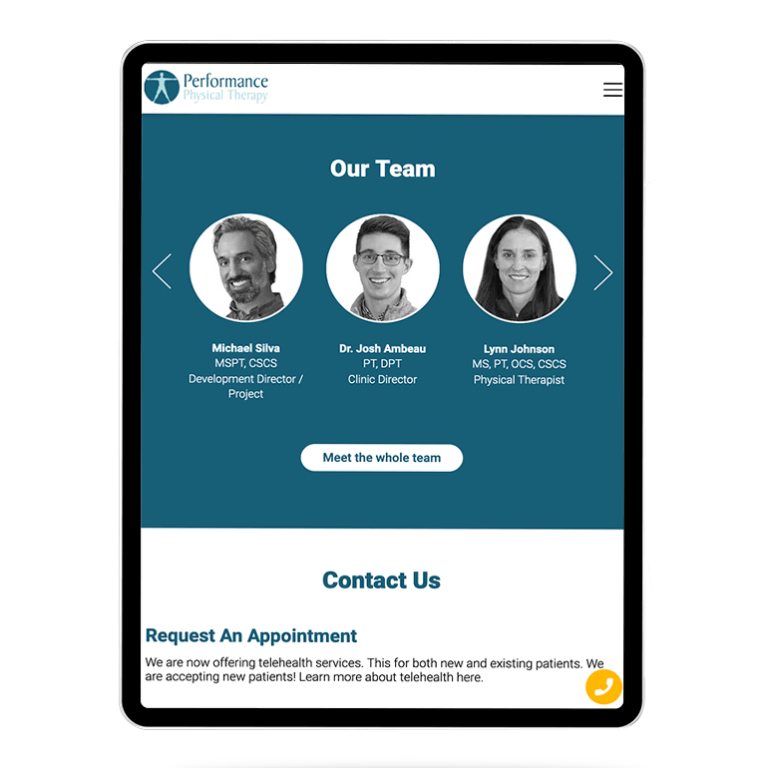
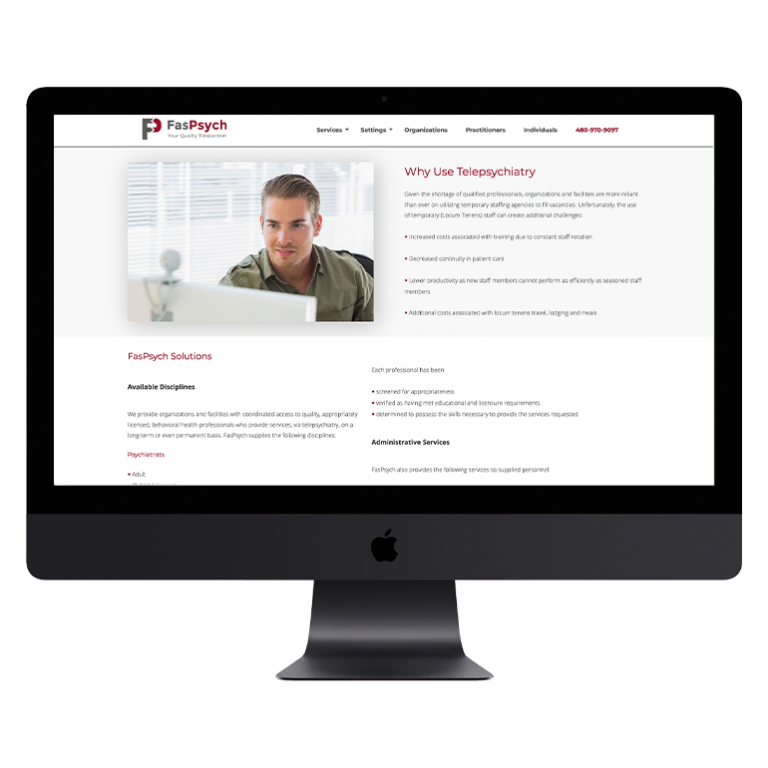
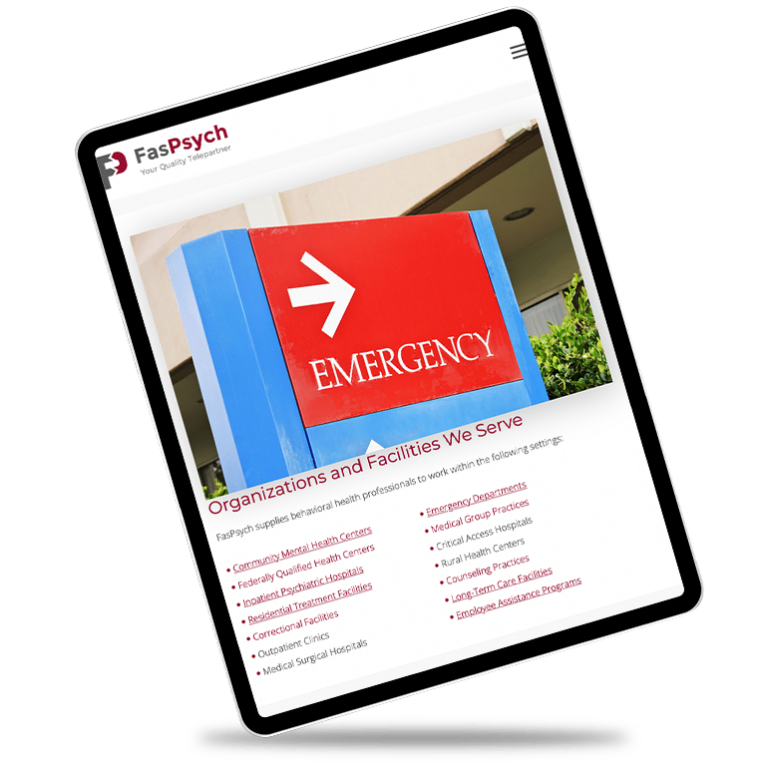
 Smart Design Creates New Patient Opportunities
Smart Design Creates New Patient Opportunities